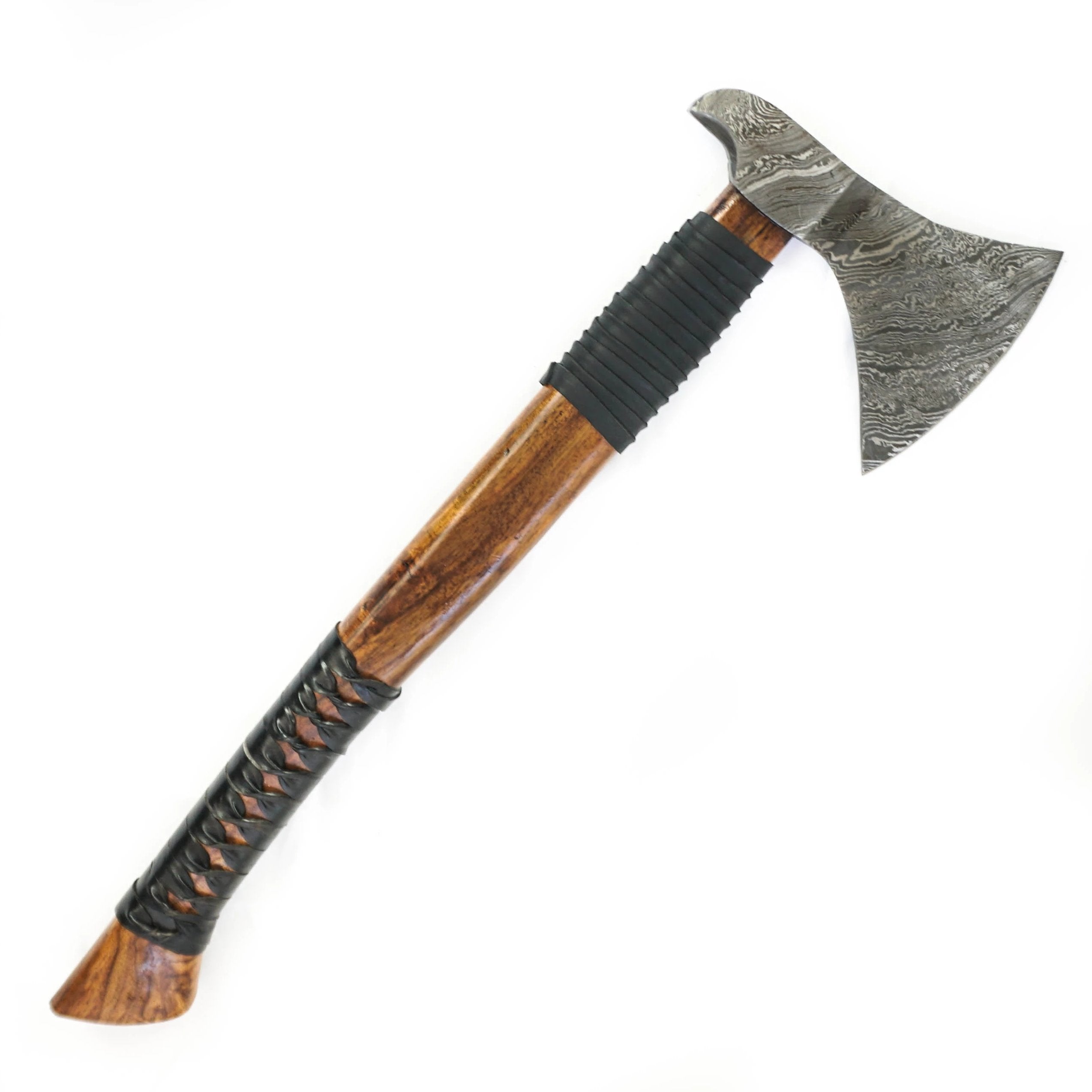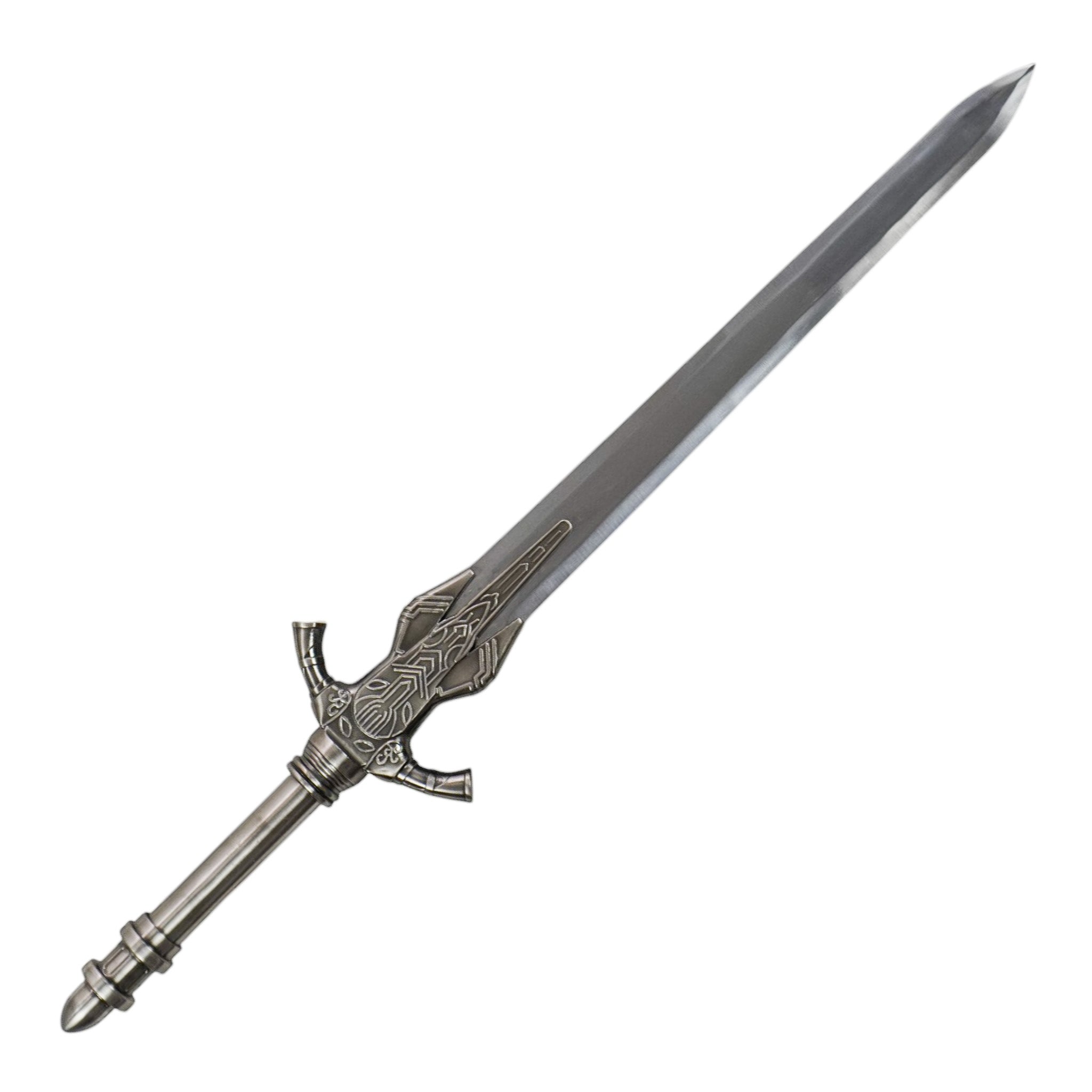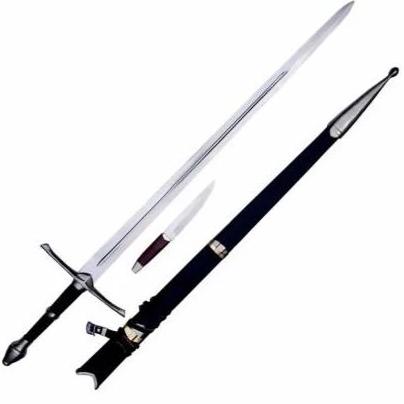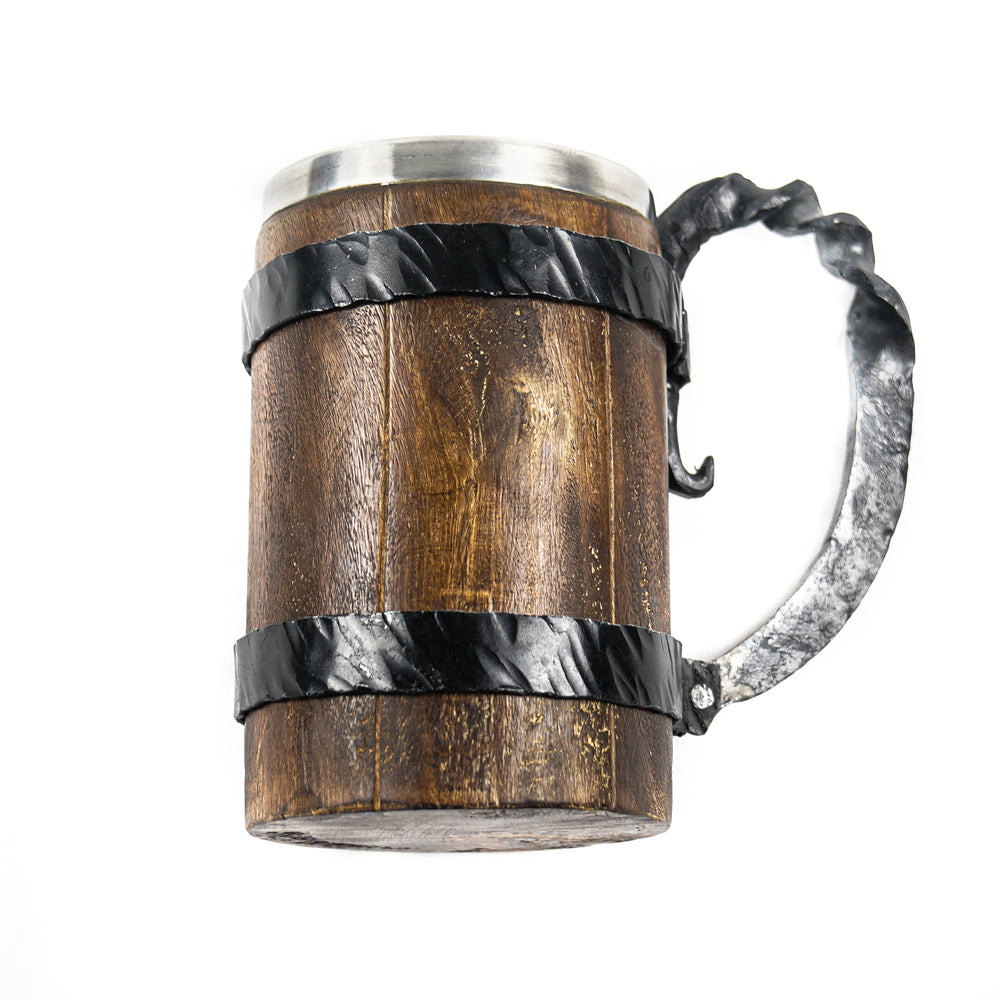The Shamshir Sword: A Legacy of the Middle Eastern Warrior
The Shamshir sword holds a special place in the pantheon of Middle Eastern weaponry. With a heritage deeply rooted in the history of Persia and the Ottoman Empire, the shamshir's distinctive form has become an emblem of the curved swords of the East.
Historical Significance:
- Evolution of the Blade: The shamshir evolved over centuries, influenced by the changing dynamics of warfare and the cultural exchange brought about by the Mongol invasions.
- Ottoman Preference: Its widespread use from the 14th to the 19th centuries underscores its significance in the martial history of the Ottoman Empire.
Blade Craftsmanship:
- Damascus Steel: The shamshir’s blade, forged from Damascus steel, boasts 352 layers resulting from a meticulous folding process, creating a strong and flexible blade capable of withstanding the rigors of combat.
- Pattern Welding: The technique of pattern welding not only provides superior strength but also imparts a unique pattern to the steel, which is often associated with traditional Islamic art.
Design and Functionality:
- Curvature: The curvature of the shamshir’s blade is not merely aesthetic; it is designed to enhance the sword’s slashing ability, a crucial feature in the close-quarters combat of its time.
- Rockwell Hardness: A Rockwell hardness rating of 55-56 HRC ensures that the blade maintains its edge without becoming brittle, balancing sharpness with resilience.
Handle and Ergonomics:
- Material: While there is a mention of bone and horn, the final specification states wood for the handle, offering a robust and enduring grip.
- Damascus Bolsters: The inclusion of Damascus steel in the bolsters reinforces the handle and adds to the sword’s overall visual appeal.
Protection and Carriage:
- The leather sheath serves as a protective cover, allowing for safe handling and storage while also paying homage to traditional swordsmanship customs.
Conclusion:
The Shamshir sword, extending 37 inches in length, is a testament to the craftsmanship and martial philosophy of the Middle Eastern warriors. With its high carbon Damascus steel composition, this sword is not only a functional piece of historical weaponry but also a work of art reflecting the aesthetic values of its era. It stands as a collectible for enthusiasts and a symbol of the enduring spirit of the warrior class that once wielded it.

















